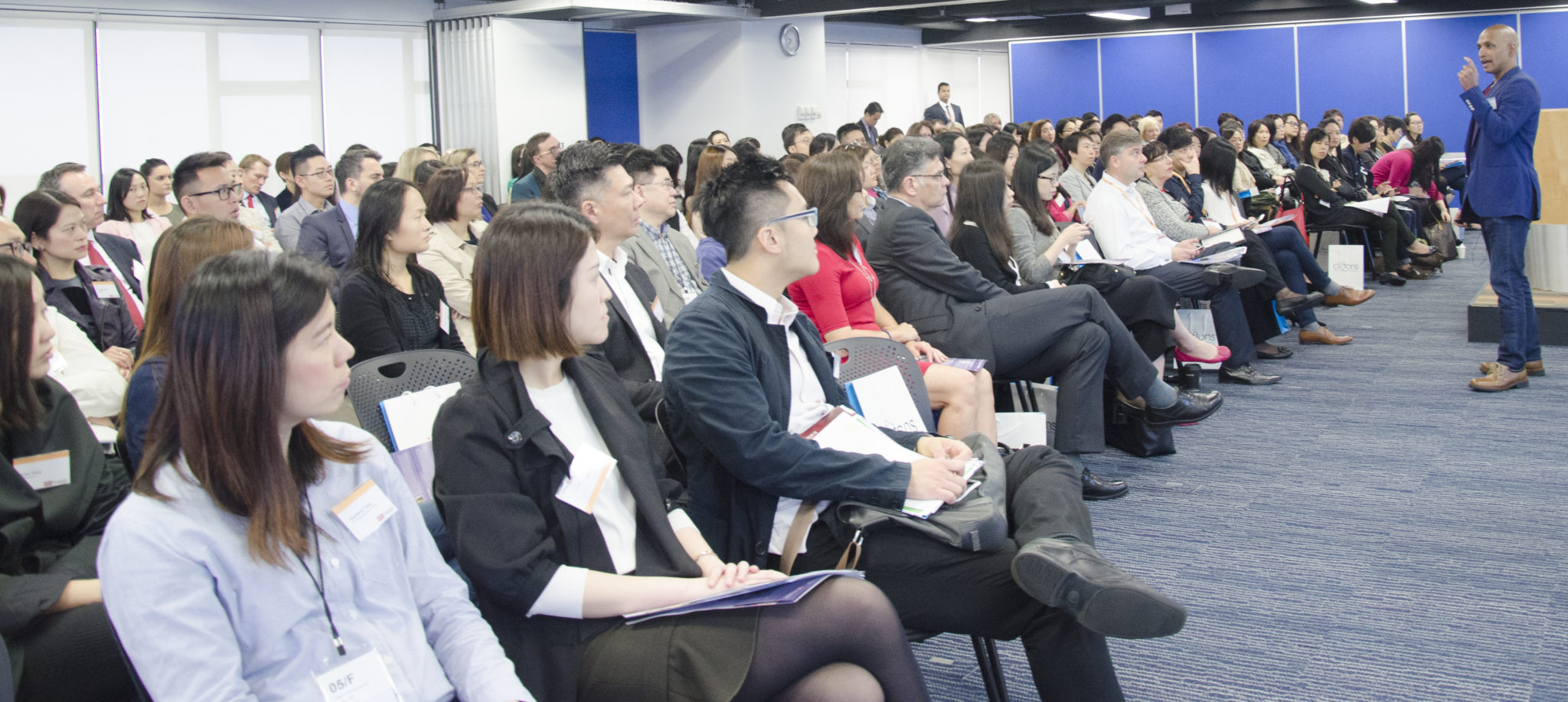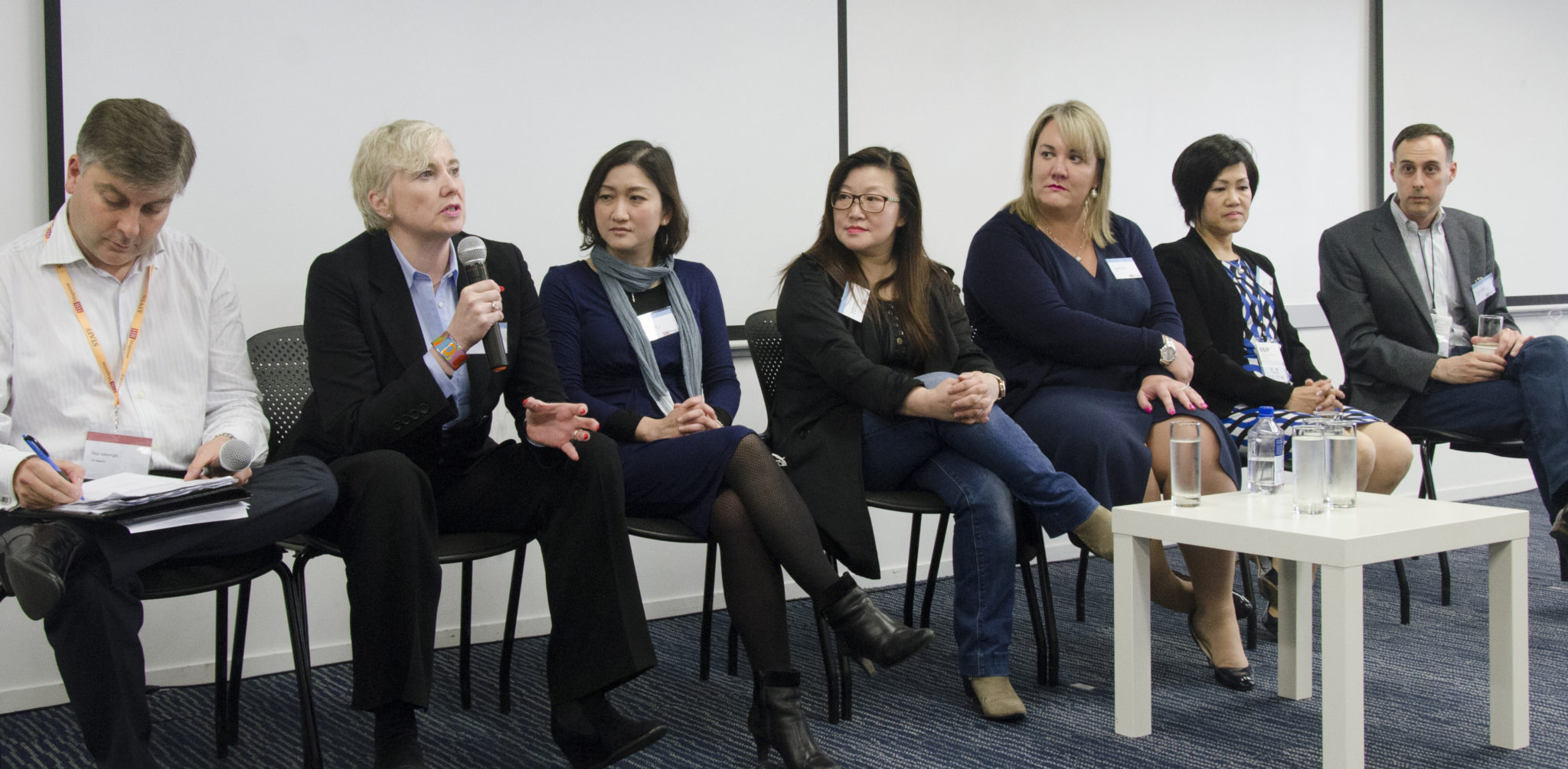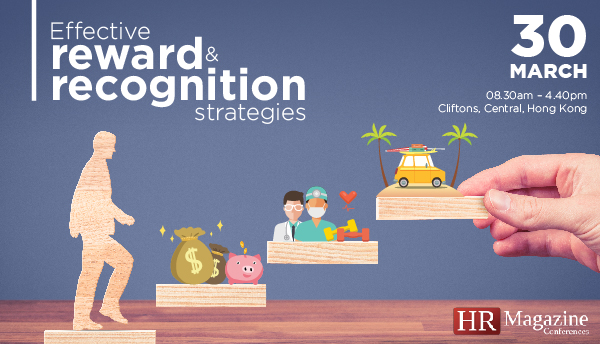
Defining an organisation’s rewards and recognition policy can be complicated purely because there are so many factors to take into account. What will motivate your people to take one step further and turn good employees into exceptional ones? Enhanced benefits, bonuses, international postings. Sometimes all it can take it just a pat on the back for a job well done. HR leaders shared their reward and recognition policies and how they are making them work for the organisation as a whole.
Workplace of the future
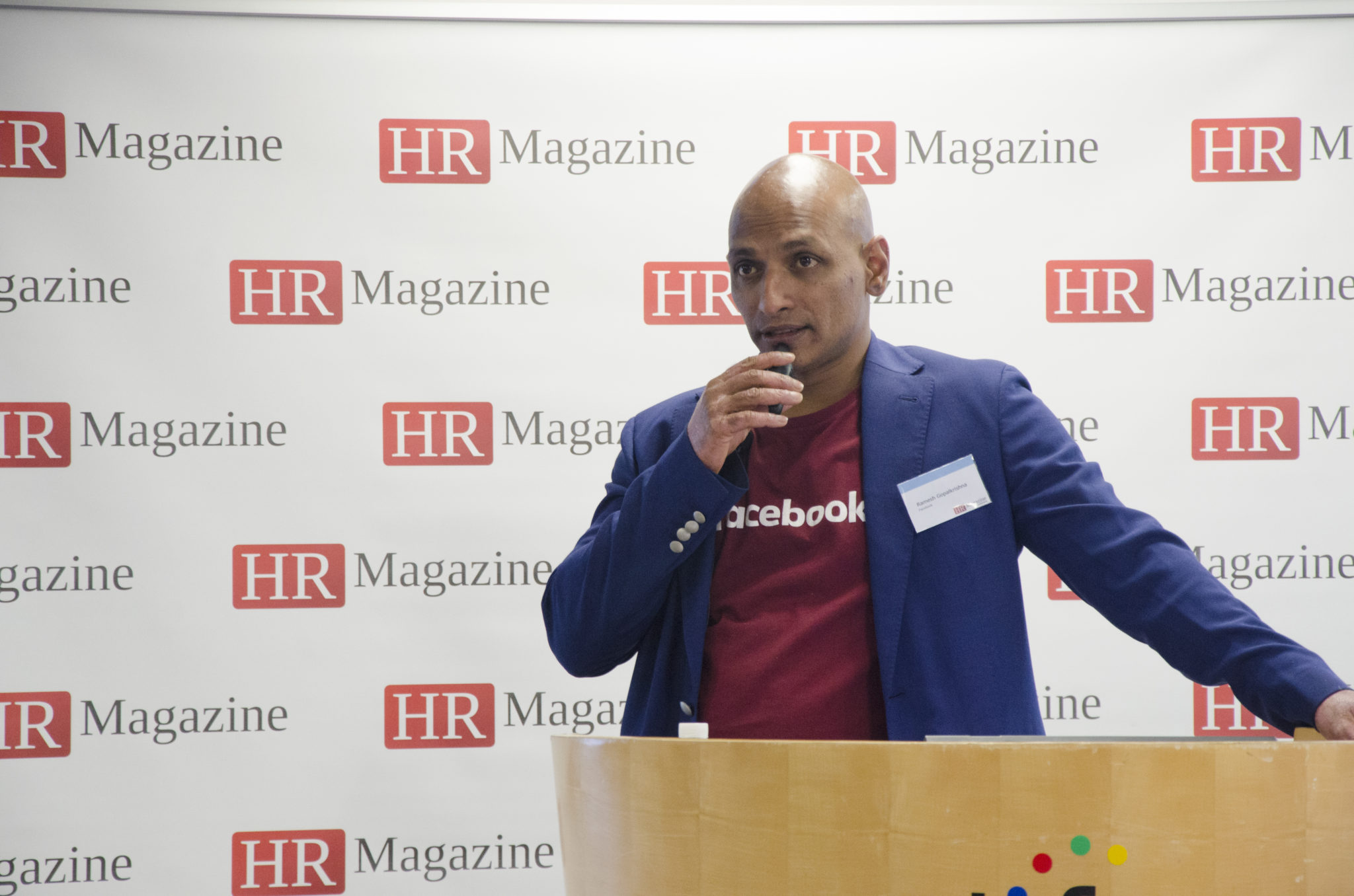
Ramesh Gopalkrishna, Head—APAC, Workplace, Facebook
Discussing the world we currently live in, Ramesh Gopalkrishna, Head— APAC Workplace, Facebook described it as volatile, uncertain, complex and ambiguous. Competition between businesses is tough, and is made tougher by constant evolution. Fifty years ago, hotels simply competed against other hotels; now, hotel chains compete against disruptors like Airbnb. In these uncertain times, Gopalkrishna insisted, “The only way for us to compete is by building the right culture in our organisations.”
How can we build ‘the right culture’? Gopalkrishna pointed out that disruption, reliance on mobile phones and evolving communication methods are all major global trends, but too often businesses fail to embrace this and continue using old methods. Many of us use tools such as WhatsApp to efficiently complete projects, yet almost no one considers it an ‘official’ channel of communication. Why not? Gopalkrishna offered up Facebook’s Workplace platform as one way companies can choose to work with these trends. The platform is like a private Facebook that is only accessible to the employees of a company. Along with offering a familiar social media format, it allows workers at all levels of an organisation to directly share ideas with the upper management. It also enables employees to publicly acknowledge each other for hard work through posting positive thank you messages on each other’s pages.
Making sure everyone’s voice is heard is extremely important to building a strong organisational culture, and technology can help facilitate this. Gopalkrishna emphasised, “When we create an environment where it is safe to speak up, we can make magic happen in our organisations.”
Tearing down the traditional workplace
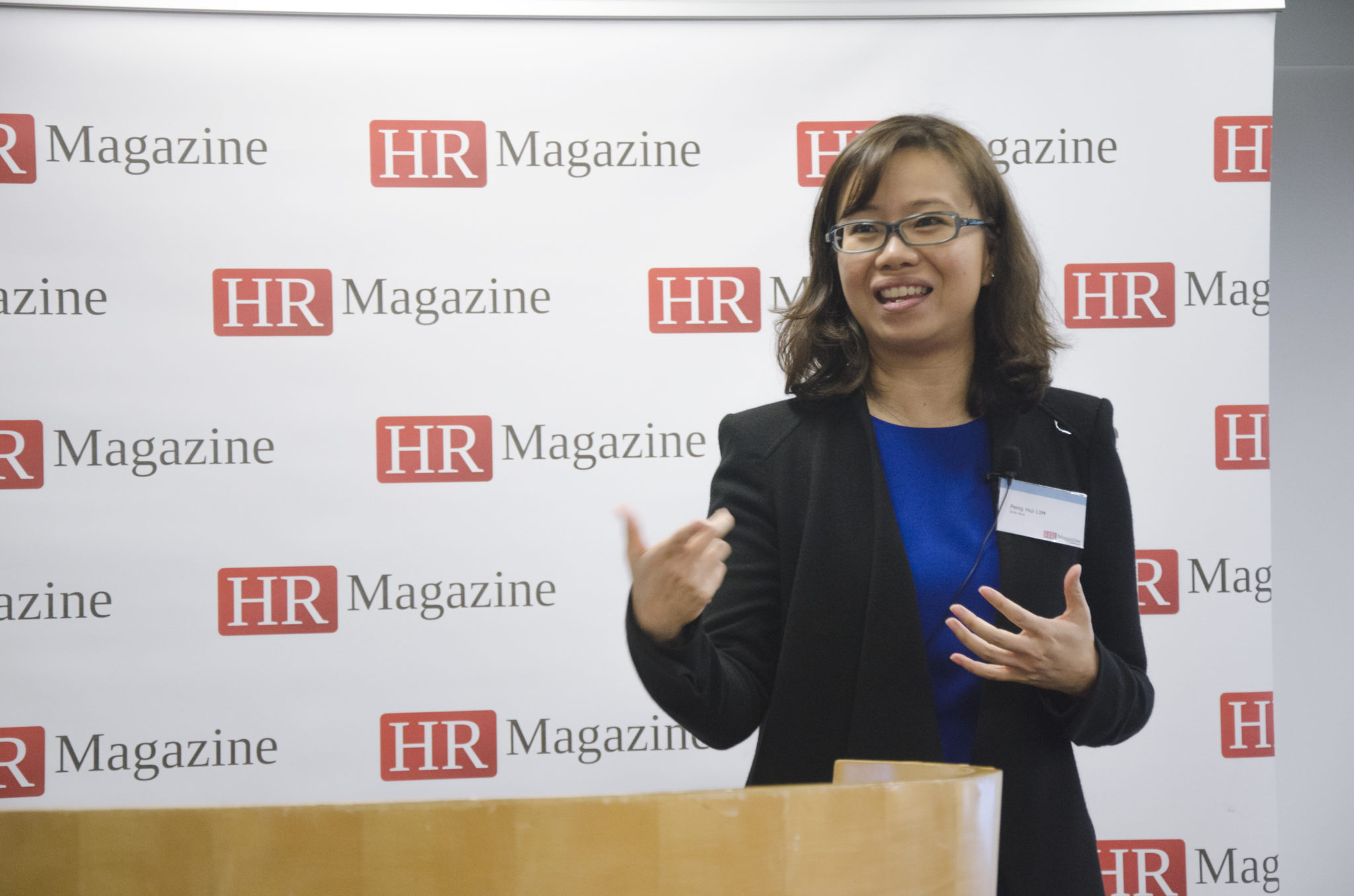
Peng Hui Lim, Regional Head—Talent Attraction, Culture & Strategic Initiatives, AXA Asia
Peng Hui Lim, Regional Head—Talent Attraction, Culture & Strategic Initiatives, AXA Asia took to the floor to discuss the planning and implementation of a modern working environment. As well as having the vision for something contemporary, strategic and meticulous, planning must be done to ensure a smooth transition.
Behaviours today are vastly different from those in the not so distant past, largely driven by the digital disruption occurring all around us. Around 20 years ago, your parents would warn you about people on the internet and getting into strangers’ cars. Now, everyday millions of trips are made by booking stranger’s cars via the internet. Such vast technological changes and dynamic interactions need to be reflected in the workspace. What may have been sufficient a decade ago will no longer be enough to maintain a competitive edge.
At AXA, tearing down the traditional workspace to build a cutting edge, interactive and digitally enabled environment is the order of business. Initiatives at AXA include Flexi-hours, Flexi-location and Activity Based Workspaces (fluid workspaces that are utilised based on different types of work activities, at different times of the day—small meetings, brainstorming sessions and quiet focus booths). Lim interjected, “Your office becomes your backpack, or handbag!”
When developing a new workspace, letting your employees have a hand in guiding the re-designing process assures a successful transition, to know what your employees need by directly involving them. After all, staff will have the best insight into themselves and what would facilitate a productive working environment. Lim commented, “Letting the employees have a say in the blueprint is important, and taking feedback from them at the preliminary design and especially during the early stages of the implementation helps you quickly identify and address any gaps.” She also added that gathering lots of data on people’s habits before design can pave the way to a successful outcome.
Management must be open to ongoing feedback, because that is what is necessary to ensure the blueprint realizes its full potential. She concluded, “There is no one size fits all.” Listen to feedback, collaboratively work through the potential challenges and build a culture of continuous improvement in both the working space and with the staff.
HR meet finance, finance meet HR
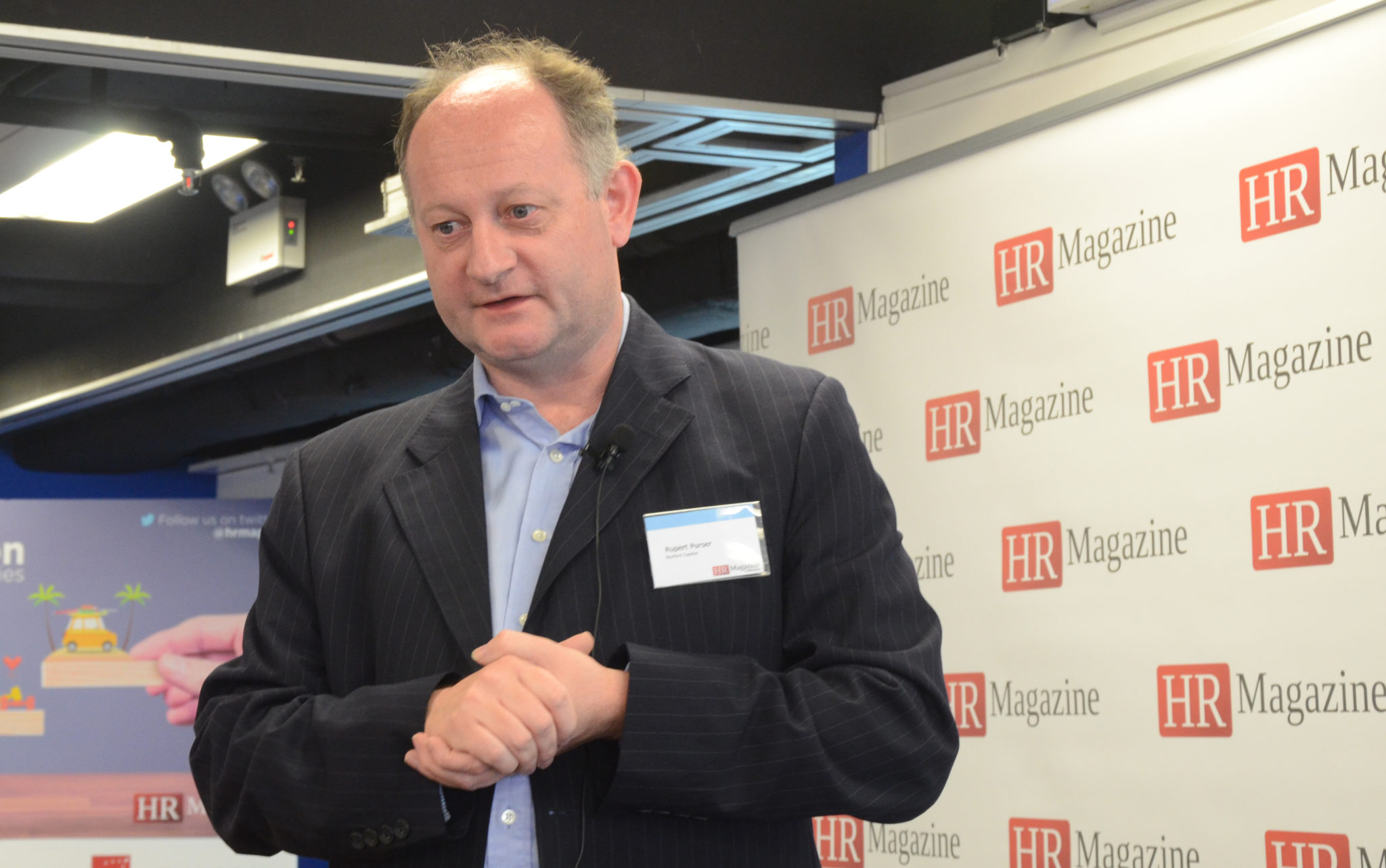
Rupert Purser, CEO Gereord (Renewable Energy), AMEA Operations, Burford Capital
Rupert Purser, CEO, Gereord (Renewable Energy) AMEA Operations, Burford Capital believes that one of the most important factors for an organisation when trying to add value and deliver on strategic goals, is communication between HR and finance teams. Purser advised, “HR and the CFO must be bilingual to prevent a disconnect—the key is effective communication with your finance team.” For this to happen, Purser recommends putting measurements in place for finance teams to see definable results and highlight successes. Purser stated, “You need to talk in terms of financial facts to CFOs. Make sure hard numbers reconcile with the numbers the CFO deals with and explain how you can help achieve KPIs.”
Purser explained how ‘looping’ can help refine assumptions over time by starting with financial assumptions before turning them into real data rather than the preliminary estimations. He commented, “Looping can be used to provide reassurance—you can relate KPIs to an activity and convert to a number before looping back to measure progress.” Purser went on to emphasise the need for HR to be involved with strategy and encourage disruption or it can become dysfunctional. He suggests that disruption is inevitable so it is important for organisations to embrace it in order to grow. “Encouraging disruptive ideas can be extremely healthy when managed in a controlled way. Start at the top, convince leadership and work down to get buy-in.”
Purser pointed out that culture is considered intangible as a measurement tool for CFOs and it is HR's responsibility to enhance their understanding of HR. He stated, “In order to execute strategy you must have the CFO on-side and it is HR’s responsibility
Downsizing: preparing your staff for their future
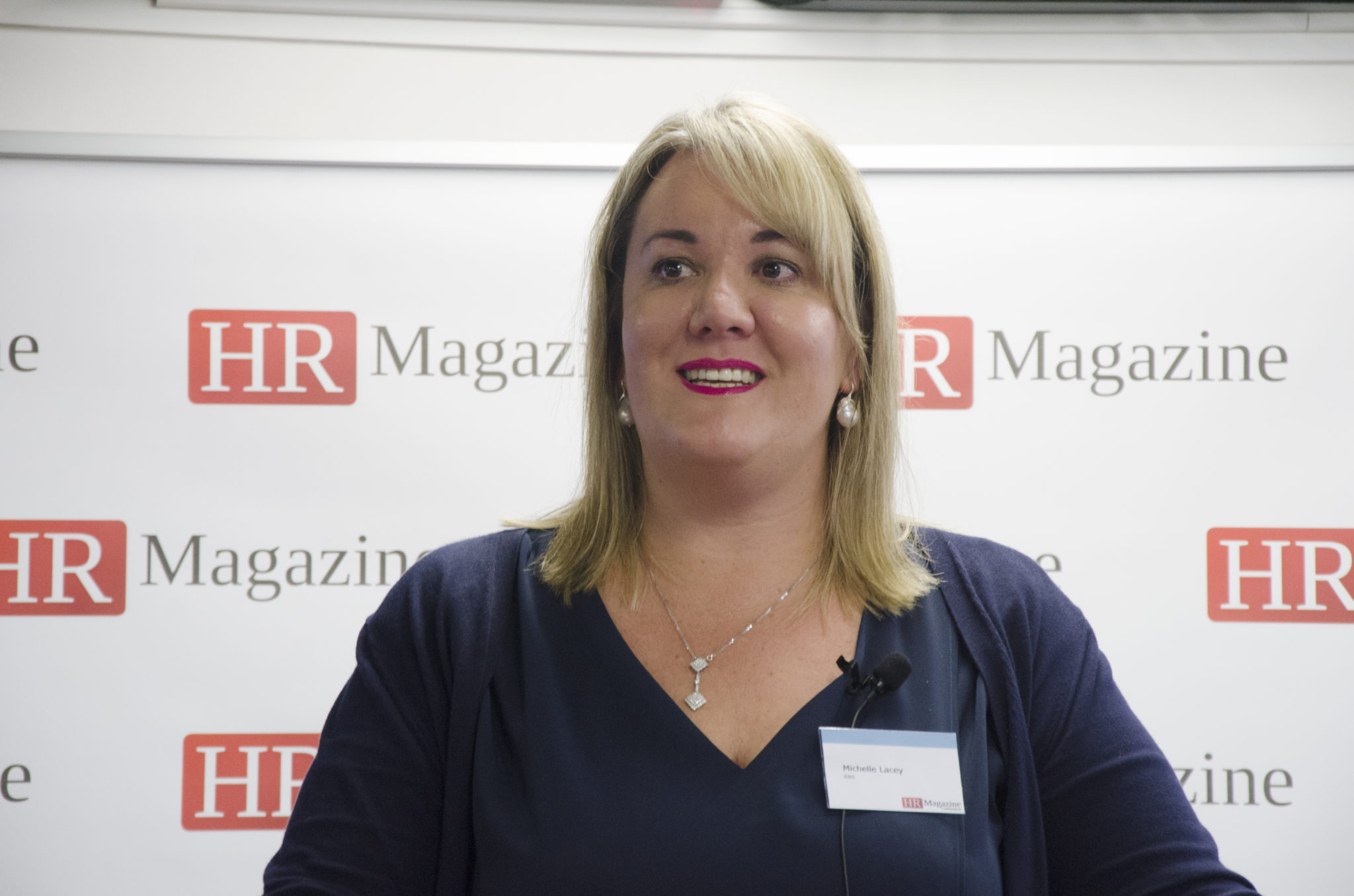
Michelle Lacey, Former Country Head of HR & Regional HR Head of China, RBS
Managing a wind-down of business is a challenge to newcomers and veterans alike. When faced with that exact challenge, Michelle Lacey, Former Country Head of HR & Regional HR Head of Change, RBS, expressed how she turned initial panic into strategic action. Downsizing from 3000 to a mere 250 staff members and succinctly managing this hefty task was a challenge, and it had to be done right.
Lacey reassured, “If you’re faced with a daunting question, it’s okay to panic and think ‘I have no idea what is happening next’ because either way you will get through it.” Allowing oneself to take stock of the situation, getting over the initial shock and then regaining composure is a big part of the process when getting ready to manage a transition. Creating a plan is the primary action to be taken and must be done to prepare for the first steps.
Engaging employees is just as important as engaging the other heads of HR. Everyone is affected, including HR, as often it is their own jobs as well that are in question. More often than not, first on everyone’s mind is severance. Lacey commented, “A fair and reasonable severance package must be formulated.” This is especially important in terms of special cases, such as those with long term illness or on maternity leave. She continued, “These issues unfold as the process develops and HR has to understand they are having a massive effect on people's lives, especially the most vulnerable.”
Non-financial elements must also be a consideration. A benevolent HR department will not leave their charges out in the cold. Preparing your staff for the next career steps demonstrates a great deal of empathy, a key trait of any leader. As an example, Lacey cited, “In our Malaysia office, there was the prospect of a Chinese buyer of the business. To encourage confidence in this, we offered Mandarin to those who would like to continue their career in the same place.” Supporting and training staff, and then facilitating their moves for the future demonstrates HR’s willingness to help people develop. She added, “Make your employees’ future your mission.”
Defining what your people need

Andrew Bishop, Chief of Staff—Asian Markets, Regional Head of Human Resources—Asia Pacific Markets, RGA Reinsurance Company
Overseas assignments—while being fantastic growth opportunities—are suitable rewards for those who excel within the company. Though temporary excursions to foreign countries may not be to everyone’s taste, for those who want it, it can be thrilling and recognition of a job well done.
Andrew Bishop, Chief of Staff—Asian Markets, Regional Head of Human Resources, Asia Pacific Markets, Reinsurance Group of America, discussed the Short Term International Rotation Programme (STIR) that offers opportunities for exceptional staff to take a temporary placement overseas for development purposes. While the programme can be costly, venerating those who have stood out and driven success and rewarding them with international placements, it will have a valuable return. Staff receive recognition and the organisation invests in someone who will be a key player in the future.
On the topic of remuneration, Bishop cautioned though, “Compensation is an art, not a science. Every employee has their own compensation story.” When the organisation’s total reward package is aligned with employee’s need, long-term success is achievable.
Reward and retain
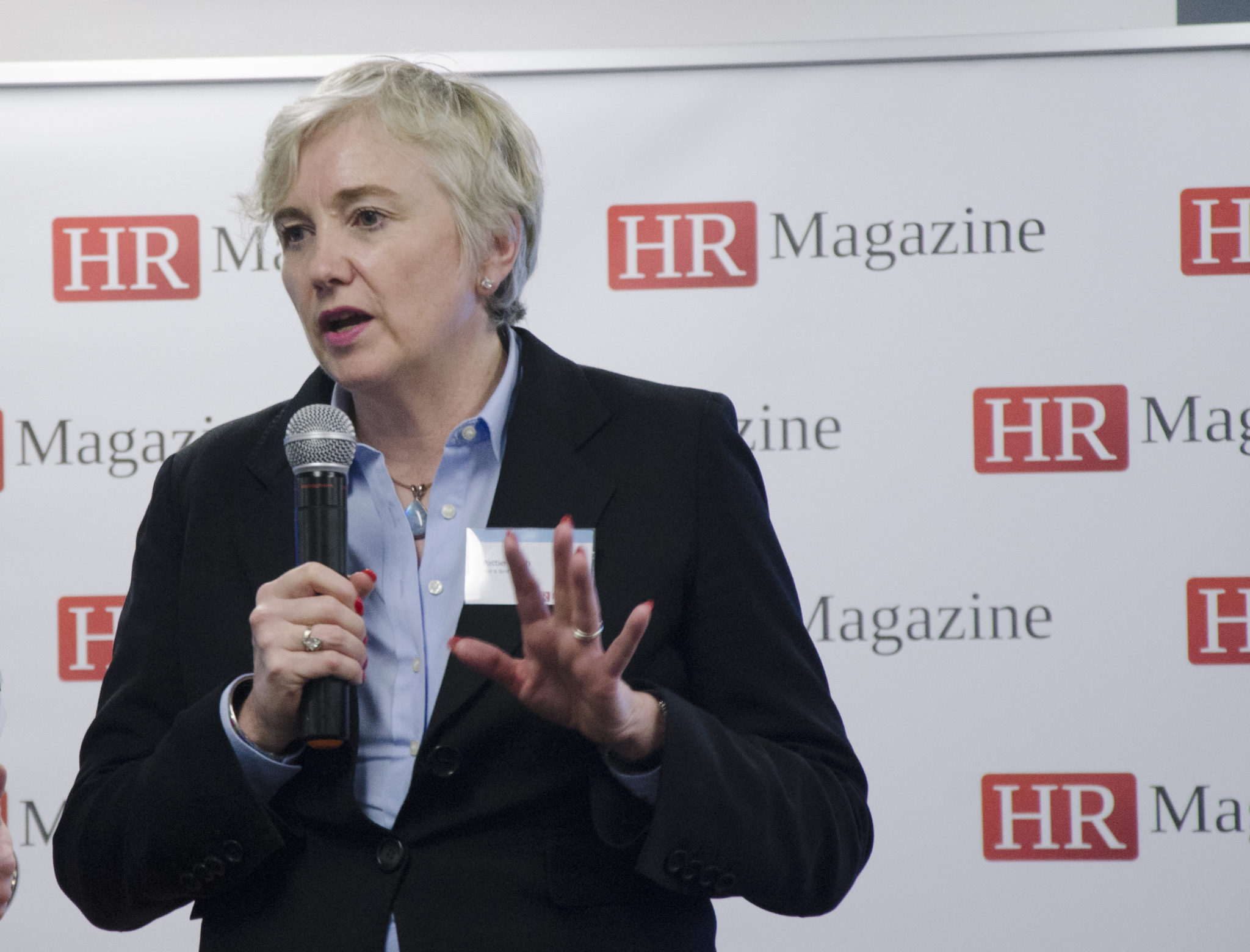
Pattie Walsh, Partner and Co-Head of Asia-Pacific, International Employement Group, Bird and Bird
Pattie Walsh, Partner and Co-Head of Asia Pacific, International Employment Group, Bird and Bird shared how technological change in the workplace today brings about both challenges and opportunities. Whilst technological change has undoubtedly made our lives easier, there are associated risks and HR does not always embrace change readily enough. Walsh stated, “Today, 45% of activities people are paid to perform can be automated by current technologies. Whilst around 50% of companies have devised a strategy to address workforce digitisation, fewer than 25% have deployed it.”
Walsh suggests that countries such as China value tech highly and many companies plan to fully automate their workforces in the future, which poses a huge threat to employment. Walsh commented, “There is going to be a lot of change which we have to accept. Some industries will be more automated than others however elements of everyone’s roles will change.” As a result, Walsh believes there are important trends to be picked up on such as an ever increasing need for flexible fit-for-purpose staffing arrangements to maintain a sustainable workforce. Walsh offered, “Going into the future it is important for HR to think about how to structure reward in terms of retention.”
Walsh stressed the importance of HR becoming more sophisticated in order to analyse risks and control them as issues around individual contracts, flexibility and the gig economy still need to be addressed by the law. “The less control a business has over the actions of others engaged on its behalf, the more difficult it is to control risks.” According to Walsh, staffing arrangements should therefore be organised into a legal framework. Walsh advised that the only real way to properly mitigate risk with the changes coming in the future is to have appropriate contracts and policies in place— structured for maximum flexibility—not just traditional employment relationships.
Panel discussion
Moderator: Paul Arkwright, Editor-in-Chief, HR Magazine
The panel from left to right:
- Pattie Walsh, Partner and Co-Head of Asia-Pacific, International Employment Group, Bird & Bird
- Angie Sung, Head of Human Resources, Hong Kong & Macau, Hilti (Hong Kong) Ltd.
- Joanna Lee, Group Head of Human Resources, Bauginia Coatings Group
- Michelle Lacey, Former Country Head of HR & Regional HR Head of Change, RBS
- Flora Chan, Head of HR (Hong Kong), UOB Group
- Andrew Bishop, Chief of Staff—Asian Markets, Regional Head of Human Resources—Asia Pacific Markets, Reinsurance Group of America
The first question asked during the panel discussion was on what key challenges businesses might face in aligning very different demographics for compensation purposes. Flora Chan, Head of HR (Hong Kong), UOB Group emphasised the need for cohesive communications across multinational organisations. She stated, “The same values must be shared across all countries, but in-country reward packages must also be customised.” Joanna Lee, Group Head of Human Resources, Bauhinia Coatings Group reported that priorities differ among generations, and millennials often desire more recognition along with a higher salary. Lee continued, “People don’t want money, they want a way to shine. They want you to know who they are.”
Next, the panel was asked to talk about what platforms can be used to help keep employees engaged. Andrew Bishop, Chief of Staff—Asian Markets, Regional Head of Human Resources—Asia Pacific Markets, Reinsurance Group of America suggested that offering challenges such as mobility opportunities to younger employees is important to feed their ambition. Bishop joked that most millennials expect to be managers by the time they are twenty-four, and added, “Managing their expectations is important… and so is giving them the chance to move around. Our under-30 employees really like to see the world.”
When questioned about how benchmarking data is implemented within their respective organisations, initially Michelle Lacey, Former Country Head of HR & Regional HR Head of Change, RBS talked about how during difficult times like downsizing, benchmarking employees against the market is important to ensure fair compensation. She added, “When we couldn’t afford to pay out bonuses, salaries were raised to stay competitive.” Pattie Walsh, Partner and Co-Head of Asia-Pacific, International Employment Group, Bird & Bird added a lawyer’s perspective, stating that young lawyers often know how much they are worth, but that beyond the beginnings of a legal career, benchmarking is quite difficult. The problem is compounded in Asia where the market is smaller and there is less basis for comparison. Therefore Walsh suggested, “All employees must be considered individually, based on factors such as linguistic capability and international experiences.”
Lastly, the panel was asked to talk about what types of non-monetary rewards are most useful. Angie Sung, Head of Human Resources, Hong Kong & Macau, Hilti (Hong Kong) Ltd explained that getting employees engaged in activities like sports promotes team culture and allows people to shine in areas other than just job performance. She insisted, “Culture is more important than compensation, because culture is something that cannot be paid for.” Joanna Lee wrapped the discussion up by explaining how in her company, older employees engage in a mentoring program with younger employees. She declared, “Everybody likes learning, everybody likes being nurtured, and everybody also likes to be a teacher.” This process of mentorship contributes to a positive culture, and that can be a form of reward in itself.




